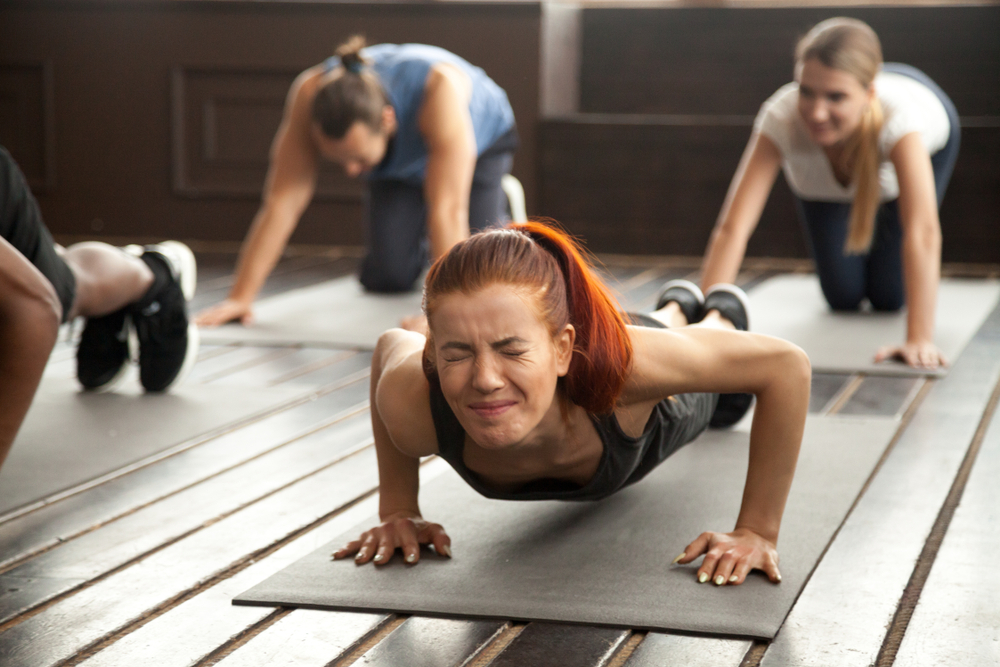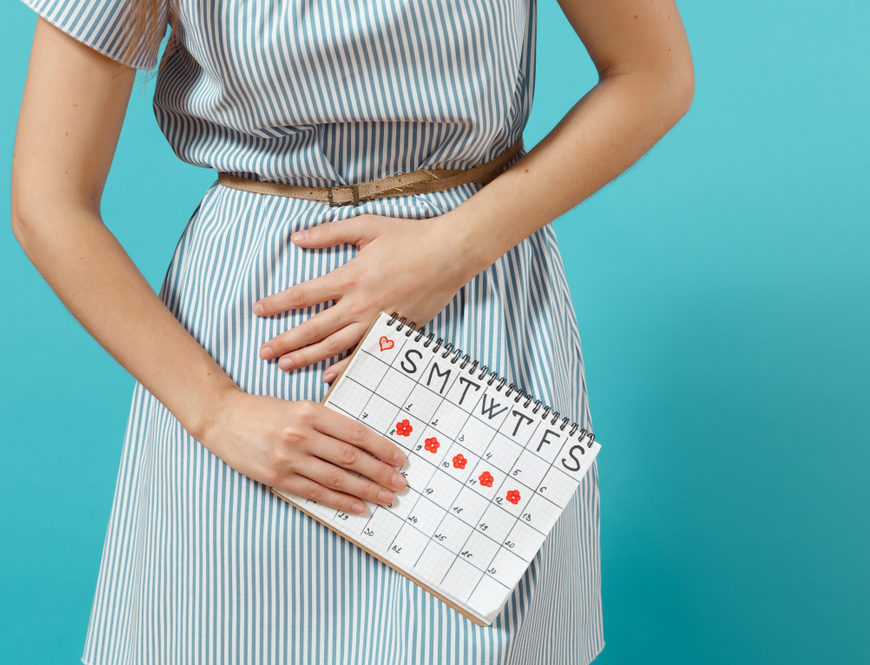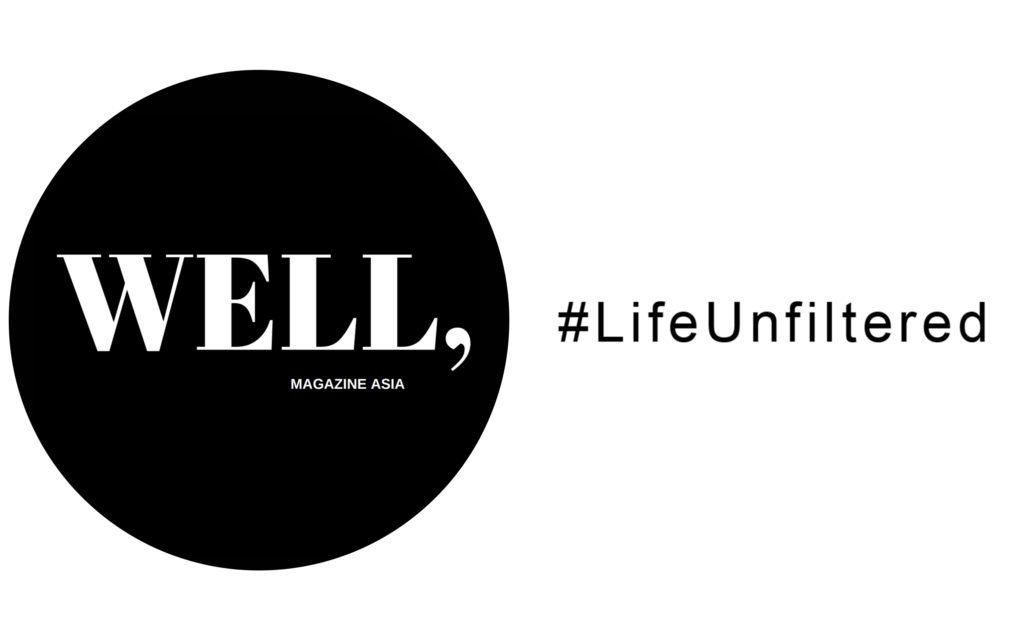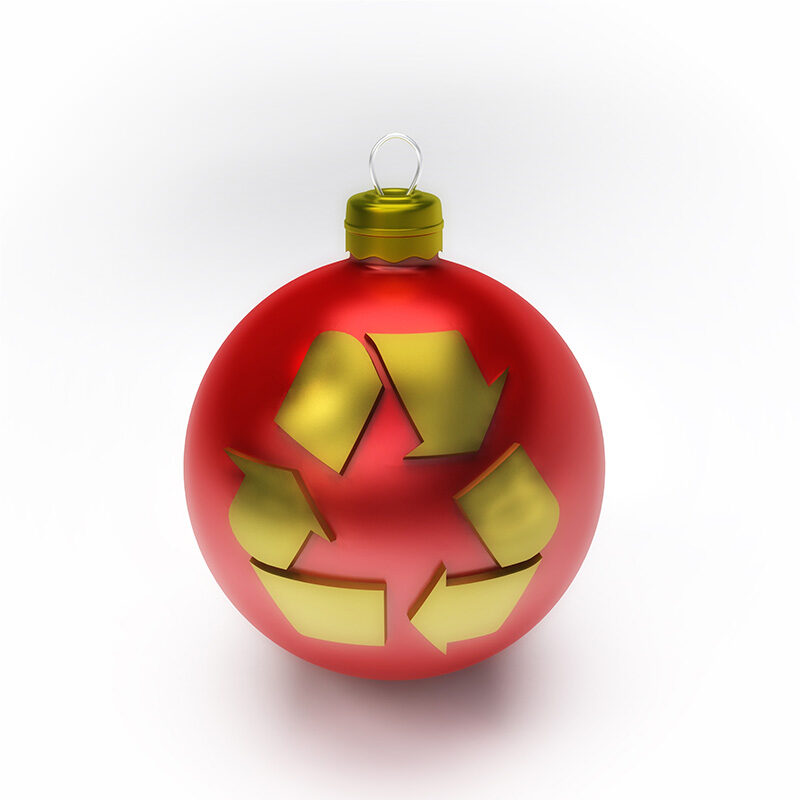
How Ignoring Your Menstrual Cycle is Ruining Your Workouts
It’s a Tuesday morning and I’m at the squat rack. I’ve loaded up the bar with weights, and I wriggle myself into position. I feel sluggish and weak. Maybe it’s because it’s 6am and I forgot my coffee, or my warmup was a little too half-hearted.
I shrug it off, and continue aligning my feet, bracing my core and pushing up against the bar.
It’s tough today. Really tough. In fact, the bar is barely budging. It’s just inching off the safety rack. Pathetic. I lower the bar back onto its supports and I check the plates. Have I added too much weight? Nope! I just lifted this last week. What’s going on?
Have you been here before too? I’ve heard similar stories time and time again from many of the women that I’ve coached over the years. Some days you feel strong, energetic and pumped to get in the gym, and some days you feel a fraction of your former self.
The more women that I work with, the more I realise how intricately our physical performance, mental wellbeing and eating habits are tied to our menstrual cycle.
Ignore your natural rhythm and you could end up with a routine totally unsuited to the needs of your body. This means you could be starving yourself unnecessarily and then bingeing to make up the calories. And it could mean beating yourself up about lifting weights and doing cardio workouts your body just isn’t geared to cope with at the time.
So how does this all work, and how can you change your routine to work with your cycle, rather than against it?
To make things simple, we can break your cycle into four segments. Each segment has a different physiological effect on your body, and so a different impact on exercise and nutrition. You might have a slightly longer cycle, or a slightly shorter cycle, and that’s totally okay. Just use the days as a rough guide and listen to your own body.

Phase One: Menstruation (Days 0 to 7)
You might feel at your weakest during this phase. It might be a struggle to even want to lace up your running shoes let alone think about hitting the gym. Now is a great time for some light yoga, and some gentle low impact exercises. If you’re itching to get in some cardio, swimming is a great option.
Phase Two: Follicular (Days 8 to 13)
You should be feeling much stronger in this phase. You might have a higher pain threshold and more energy. Now is the time for more intense exercises, longer runs and bigger challenges.
Phase Three: Ovulation (Day 14)
You might be at your peak on the day of ovulation. It could be a good time to try and nail some personal bests.
Phase Four: Luteal Phase (Days 15 to 28)
Your energy levels will start to fall, and you might start feeling the effects of PMS from around day 21 onwards. You can start gradually tapering your workouts, dropping the weights and reducing challenging balances and complex movements. On days where you feel especially tired, don’t push yourself. Stick to yoga and light cardio.
It’s also important to remember that during the luteal phase your metabolic rate may increase, so you might require around 100 to 300 additional calories a day. In practical terms, that’s between 1 to 3 large apples so don’t beat yourself up about needing the extra food. Starve yourself too much during this phase and you might end up on the tail end of a guilty ice cream binge!

Some Final Thoughts
Again, this is a rough guide. Some of you will feel the effects of their cycle more than others.
And some of you will still want to lift and do resistance training every day of the week. But the key is to be more mindful of how our hormones can really affect our performance, and to realise that we can’t feel like superwoman everyday. In fact, James Smith, the enfant terrible of the fitness industry even suggests that women shouldn’t be comparing their results from one week to the next because their bodies change so much in between. Instead, he recommends only comparing the first week of each cycle with the first week of the next, the second week with the second, and so on, to gauge our performance more fairly across the physiological changes that occur in our bodies.
It’s also useful to think about how the cycle might impact the way you eat. As I mentioned before, you will want to consume more calories during your luteal phase, and as a result, you will feel hungrier more often. So, if you are on a calorie restricted diet play around with only dieting in the first half of the cycle, and maintaining your normal calorie input during the luteal phase. It might sound weird only dieting for half the month, but eating more when you need the extra fuel will make you a lot happier and a lot more energetic. Crucially, this will help you stick to your plan for longer and you’ll get much better results.
Written exclusively for WELL, Magazine Asia by Esther Bland of Aquaterra Performance

Thank you for reading this article from WELL, Magazine Asia. #LifeUnfiltered.
Connect with us on social for daily news, competitions, and more.






